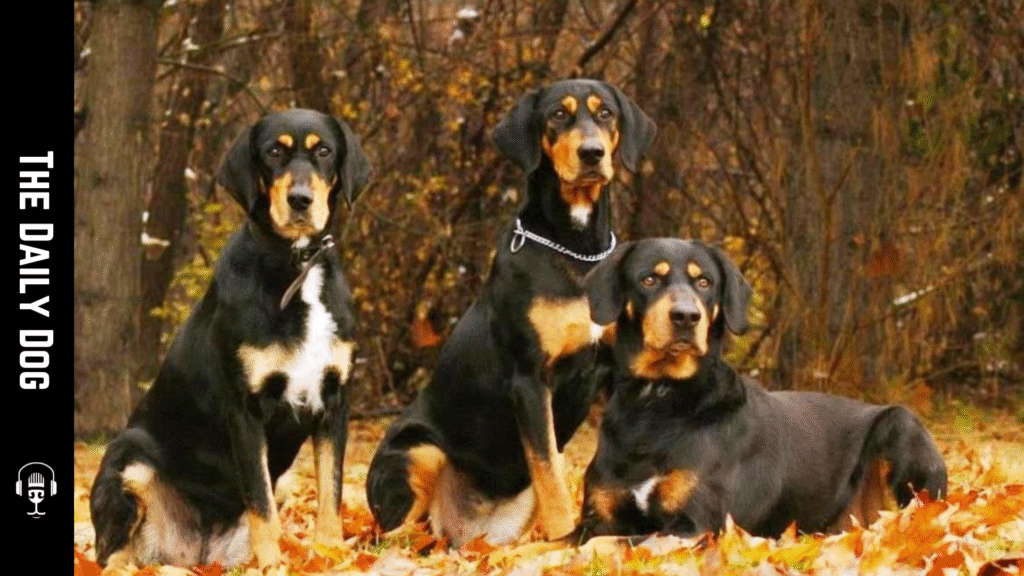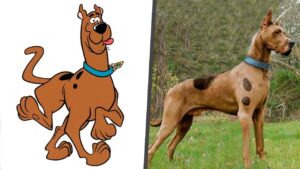The Transylvanian Hound, a breed with a rich history and striking appearance, is gaining popularity among dog enthusiasts worldwide. Known for its versatility and unique characteristics, this breed offers a perfect blend of beauty, intelligence, and loyalty. In this article, we delve into the origins, characteristics, and care tips for the Transylvanian Hound, offering valuable insights for potential owners and enthusiasts alike.
Historical Background
Originating from the Carpathian Mountains in Transylvania, this breed dates back to the Middle Ages. Initially bred by Hungarian nobility for hunting purposes, the Transylvanian Hound was prized for its ability to track large game, including boar, bison, and bear. Over the centuries, the breed adapted to the rugged terrains and harsh climates of the region, developing resilience and endurance.
By the 20th century, the breed faced near extinction due to changes in hunting practices and habitat loss. However, dedicated enthusiasts and breeders in Hungary and Romania revived the breed, preserving its unique characteristics and ensuring its survival.
Physical Characteristics
The Transylvanian Hound is a medium to large-sized dog, known for its athletic build and striking appearance. Here are some key features:
- Height and Weight: Males typically stand between 22 and 26 inches at the shoulder, while females range from 20 to 24 inches. They weigh between 55 and 77 pounds.
- Coat and Color: The breed has a short, dense coat that is weather-resistant, making it ideal for outdoor activities. The most common color is black, with tan markings; however, some individuals may have white markings on their chest and feet.
- Ears and Tail: Their ears are medium-sized and set high, hanging close to the cheeks. The tail is strong and slightly curved, adding to their distinctive silhouette.
Temperament and Behavior
The Transylvanian Hound is known for its loyal and courageous nature. These dogs are brilliant and possess a keen sense of smell, making them excellent trackers. Here are some traits that define their temperament:
- Loyalty: They form strong bonds with their families and are protective of their loved ones.
- Intelligence: Quick learners, they respond well to training and thrive in environments that challenge their mental and physical capabilities.
- Energy: High-energy and active, these dogs require regular exercise to maintain their physical and mental health.
- Sociability: While they are generally friendly, early socialization is crucial to ensure they are well-adjusted and comfortable around strangers and other animals.
Training and Exercise Needs
Training a Transylvanian Hound requires consistency and patience. Here are some tips to ensure adequate training and exercise:
- Positive Reinforcement: Use treats and praise to reward good behavior, ensuring a positive training experience.
- Early Socialization: Introduce them to various environments, people, and animals from a young age to develop well-rounded behavior.
- Regular Exercise: Engage them in activities such as hiking, running, and interactive games to satisfy their exercise needs. Mental stimulation through puzzle toys and scent games is also beneficial.
- Obedience Training: Enroll them in obedience classes to instill good manners and reinforce commands.
Health and Wellness
The Transylvanian Hound is generally healthy, but like all breeds, they are prone to specific health issues. Regular veterinary check-ups and a healthy lifestyle are essential. Common health concerns include:
- Hip Dysplasia: A genetic condition affecting the hip joint, which can lead to arthritis and discomfort.
- Ear Infections: Their floppy ears can trap moisture and debris, which can lead to infections. Regular cleaning is essential.
- Obesity: Maintain a balanced diet and engage in regular exercise to prevent weight-related health issues.
Regular vaccinations, parasite control, and dental care are also essential components of their overall health regimen.
Diet and Nutrition
A balanced diet is crucial for the health and well-being of the Transylvanian Hound. Here are some dietary considerations:
- High-Quality Protein: Ensure their diet includes high-quality animal proteins to support muscle development and energy levels.
- Balanced Nutrients: Incorporate a mix of carbohydrates, fats, vitamins, and minerals for optimal health.
- Portion Control: Avoid overfeeding and monitor their weight to prevent obesity.
- Hydration: Provide access to fresh water at all times to keep them hydrated, especially after exercise.
Consult with a veterinarian to tailor their diet to specific needs based on age, size, and activity level.
Grooming and Maintenance
The Transylvanian Hound’s short coat is relatively low-maintenance, but regular grooming helps maintain their health and appearance:
- Brushing: Weekly brushing removes loose hair and minimizes shedding.
- Bathing: Bathe them as needed, depending on their activity level and environment.
- Nail Trimming: Regularly trim their nails to prevent overgrowth and discomfort.
- Dental Care: Brush their teeth regularly to prevent dental issues and ensure fresh breath.
Why Choose a Transylvanian Hound?
Choosing a Transylvanian Hound means welcoming a devoted and energetic companion into your life. Their intelligence and loyalty make them excellent family pets, while their history as hunting dogs means they thrive in active households. They are ideal for individuals or families who enjoy outdoor adventures and can provide the mental and physical stimulation these dogs crave.
Conclusion
The Transylvanian Hound is a remarkable breed with a storied past and a bright future. Their adaptability, intelligence, and loyalty make them a wonderful addition to the right home. Whether you’re a seasoned dog owner or considering your first pet, this breed offers companionship and adventure in equal measure. By understanding their needs and characteristics, you can ensure a fulfilling and harmonious relationship with your Transylvanian Hound.










